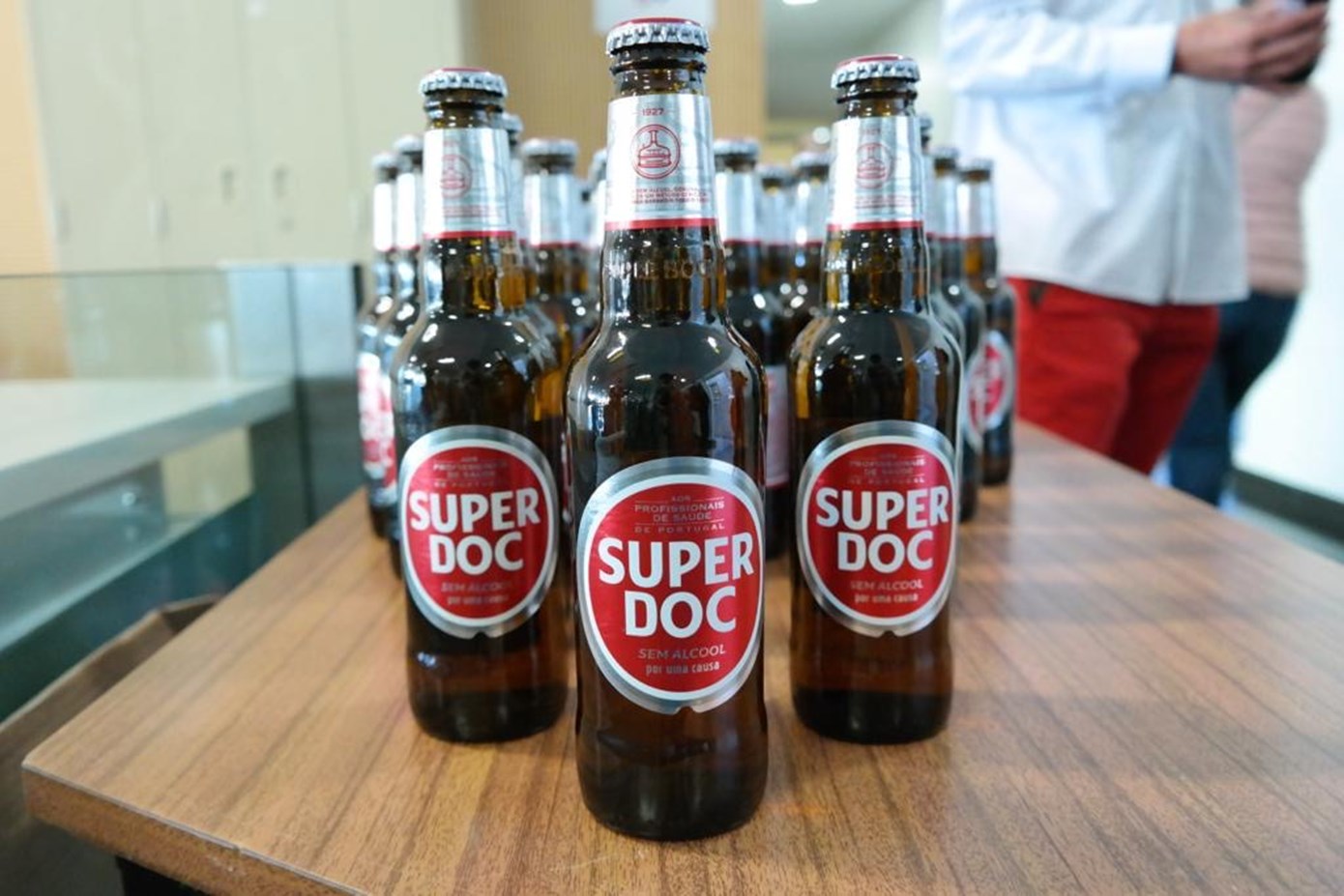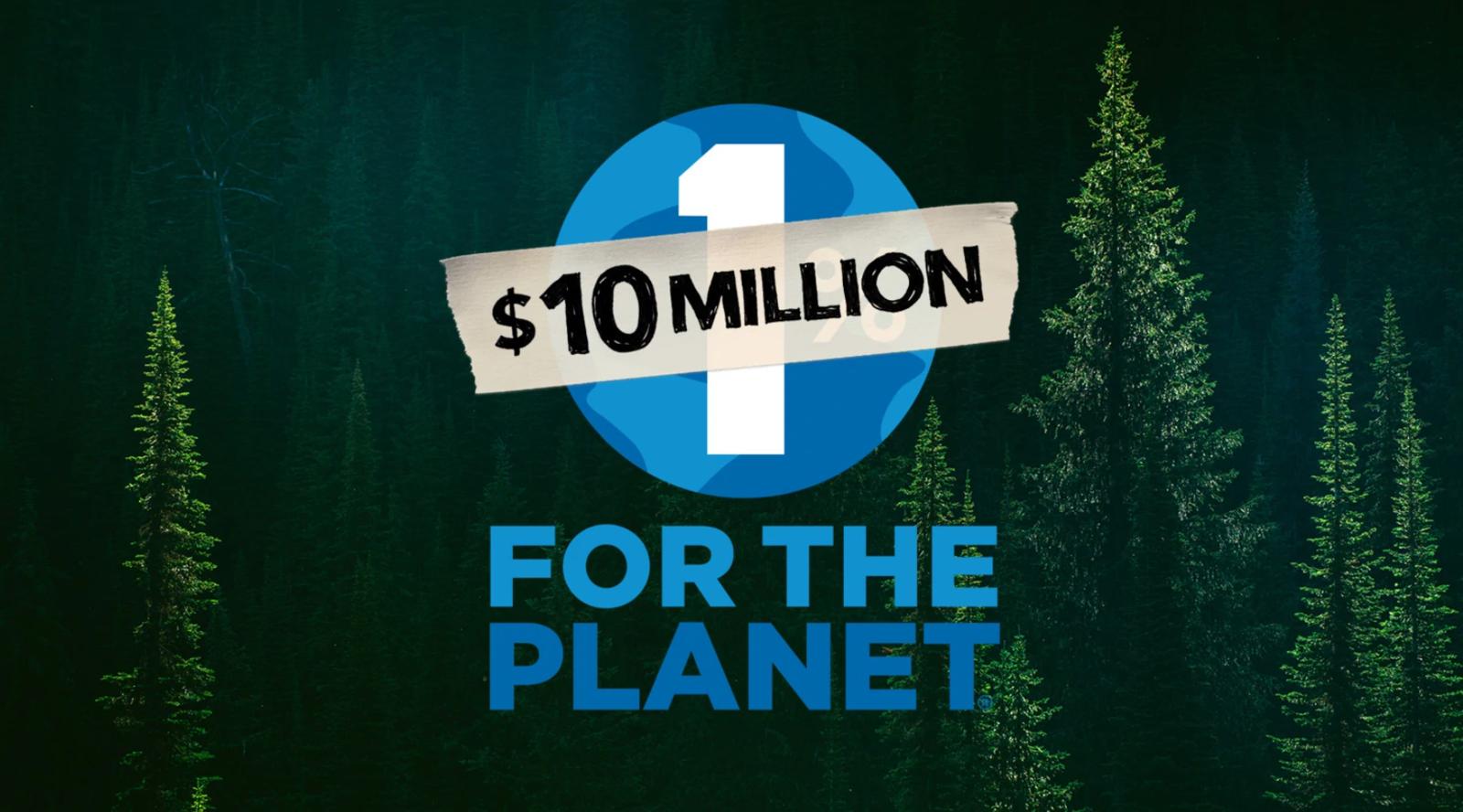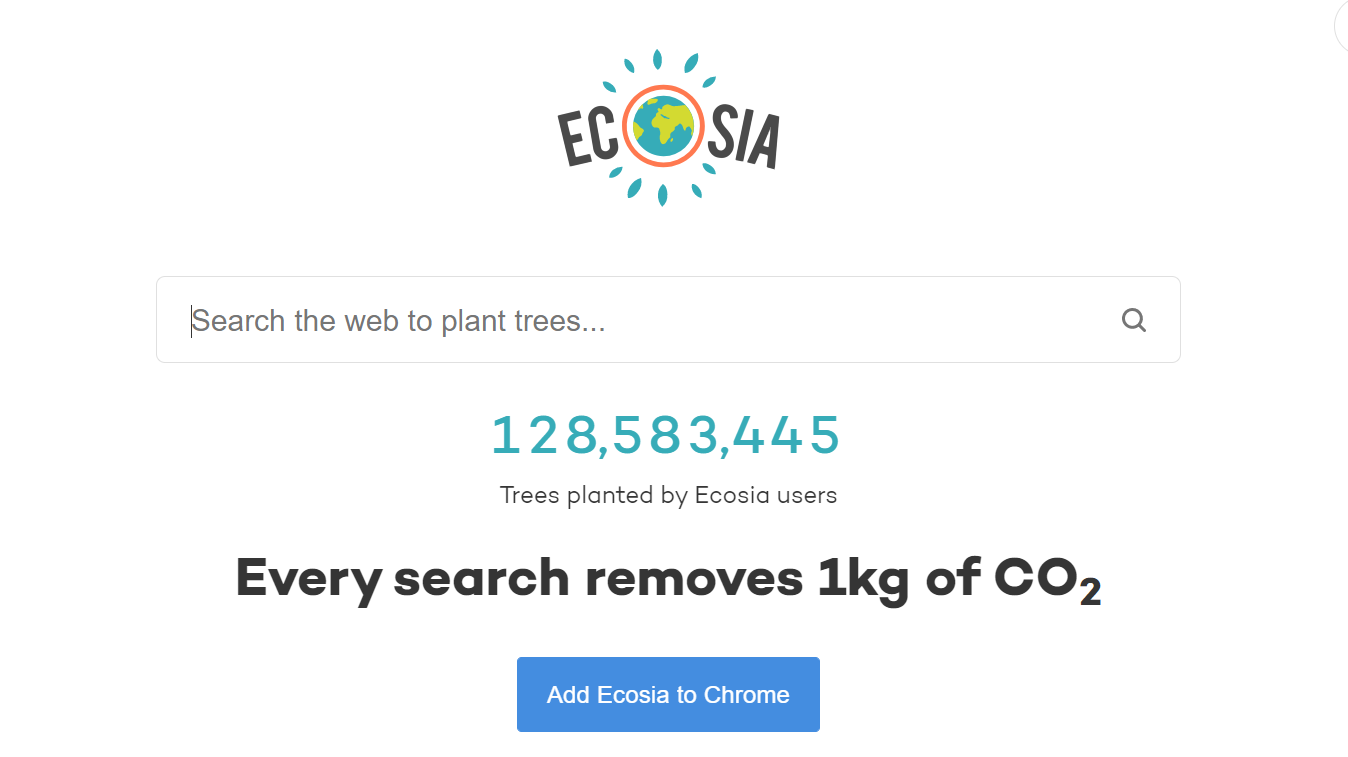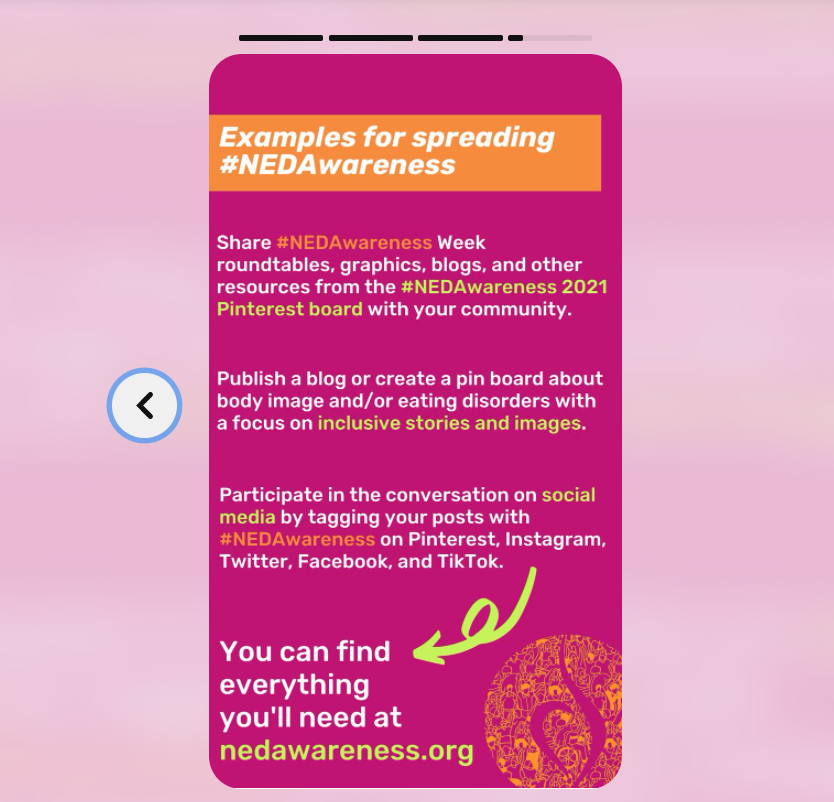The dawn of conscious consumerism is slowly taking shape. A new generation seems to be fed up with businesses trying to profit off of them while damaging the planet. More and more people question their shopping habits and pay attention to brands that create a positive impact on a local or global scale.
It’s a good trend on so many levels. When consumers hold brands accountable for their actions, businesses turn to cause marketing and start driving change. Cause-related marketing examples in this article prove that it’s more than just a viable strategy — it’s our new reality.
What is cause marketing?
Cause marketing, or cause-related marketing, is a method of attracting attention to a brand, product, or service by demonstrating social responsibility by donating to a good cause, raising awareness, or taking a stance on a hot-button issue. Businesses usually execute cause-related campaigns by partnering with nonprofit organizations, activists, or opinion leaders.
Both parties involved can significantly benefit from an authentic cause marketing campaign. Brands earn credibility and solidify customer trust, and nonprofits can reach new audiences. However, keep in mind that businesses can also create or support an existing cause independently.
If you’re still in doubt about whether you need to start a cause-related marketing campaign, consider these hard facts:
- 76% of young people have bought or would consider buying from a brand to show support for the charities they partner with;
- 84% of consumers say they don’t mind or like being asked to donate at checkout;
- 88% of employees prefer working for a company with a strong purpose;
- 62% of customers want companies to take a stand on relevant issues like sustainability or social injustice;
- 50% of consumers are attracted to brands that support and act upon social or environmental causes;
- 71% of consumers are ready to pay more if some of the proceeds go to charity.
However, many businesses overuse cause-related marketing. Here is an example of a big corporation that failed to support a social movement and now is trying to undo the reputational damage.
 Starbucks failed to stay true to its values and faced pushback
Starbucks failed to stay true to its values and faced pushback
Brands need to stay consistent when choosing which cause to support. A controversial campaign is going to be perceived as an attempt to jump on the bandwagon. It may only exacerbate existing trust issues and put your customers off.
When you enter this territory, make sure that your support is sincere and your cause marketing efforts correspond with your company’s culture and mission. This way, you’ll boost customer trust and prove that your business isn’t just about making money.
Brands have an opportunity to be vocal and proactive about global issues, and consumers expect them to use that chance. Even a small business can make a whole lot of difference by collaborating with a local nonprofit to help. For instance, by collecting money to provide homeless people with medical treatment, a brand helps a marginalized population directly.
The cause marketing efforts pay off because you:
- create real engagement by touching important, relatable subjects;
- build trust by showing your willingness to help;
- boost your revenue by appealing to the consumers who don’t mind paying more to make a contribution;
- prove that you stand by your values and beliefs;
- make your brand more distinct by doing what your competitors have never done.
All in all, cause-related marketing is a real chance to improve a brand image and bring some positive change.
How to create a cause marketing campaign
There are many ways to collaborate with nonprofits and activists besides simply writing a check. Here’s what you can do:
- offer your product or service for free for people in need;
- host a fundraising event;
- support an international health awareness day;
- donate a certain sum of money from every sale you make on a specific day;
- create a limited-edition product or service promoting a nonprofit organization;
- team up with a niche influencer to create a challenge or contest on social media;
- promote nonprofit talent through your channels;
- create branded merchandise related to a specific cause;
- participate in volunteer programs.
The best way to use this approach is to contact the party you want to collaborate with and discuss their needs and challenges to create maximum value for both sides.
Cause marketing examples
You don’t necessarily need to go out with a bang — any type of collaboration or cause-related campaign is better than complete idleness. In the following cause marketing examples, not all of the brands are fully value-driven, but they all strive to change the status quo and create a positive impact — and they achieve that.
If you don’t know where to start, just dive into these creative cause marketing examples!
Lush and sustainable gift wraps
Lush came up with a sustainable replacement for shiny plastic gift wrap. The company teamed with fashion designer Vivienne Westwood to create the knot-wrap, a cotton-based piece of dyed fabric that can be used as a scarf or a bag once the celebration is over. Profits from selling the knot-wraps went towards Westwood’s Climate Revolution initiative.
 Lush partnered with a famous designer to create sustainable packaging; source: Dieline
Lush partnered with a famous designer to create sustainable packaging; source: Dieline
Although it was a one-time collaboration, those beautiful knot-wraps are still available for purchase online and in-store. This fact only proves that Lush is really determined to make their products plastic-free — and the company actually took action to achieve that goal. They use consistent and authentic cause marketing, which is something other brands can aspire to do as well.
Super Bock and donating hand sanitizer
This beer producer converted alcohol extracted from their alco-free beer into a disinfectant gel and donated almost 14,000 liters of it to the hospitals in the Porto region, in the midst of the coronavirus pandemic. Since healthcare workers often struggled with a lack of personal protective equipment and antiseptic, it was a helpful contribution.
The company even “renamed” its beer to emphasize the importance of the cause.
 Super Bock created a campaign to pay tribute to healthcare workers
Super Bock created a campaign to pay tribute to healthcare workers
This smart cause marketing example illustrates the variety of ways businesses can help others without completely sacrificing their profits. You can donate your resources, time, or even space to your product package to raise awareness for a cause — and that story will be picked up by the media.
Patagonia and climate-friendly Black Friday
Usually, Black Friday sales are associated with anything but environmental protection. Patagonia turned the tide by announcing that it’d give 100% of its Black Friday sales directly to nonprofits working on the frontlines to protect the quality of air, water, and soil to address climate change.
 Patagonia raised record-breaking $10 million in sales and donated it to nonprofits; source: Patagonia
Patagonia raised record-breaking $10 million in sales and donated it to nonprofits; source: Patagonia
The results of this cause marketing campaign exceeded everyone’s expectations. The brand’s devotees were so engaged in and inspired by the company’s mission that Patagonia reached a record-breaking $10 million in sales. The overwhelming campaign success proves that consumers are absolutely ready to pay more when they know that some part of that money is going to be used to support a noble cause.
Ecosia and planted trees
Ecosia is a purpose-based startup that uses the ad revenue from user searches to plant trees in Burkina Faso and Ethiopia — areas that are the most vulnerable to climate change. Ecosia collaborates with local nonprofits but also raises awareness about the issue in Europe. Since it’s the company’s ongoing mission, anyone can contribute any time by simply choosing Ecosia over their current search engine.
 Ecosia demonstrates in real-time how many trees are planted
Ecosia demonstrates in real-time how many trees are planted
This is, probably, the highest level of cause marketing. The company demonstrates that even something as small as a search can positively affect our world. So, you can think about the ways your business can create a similar opportunity for your customers. For example, you can ecologically incentivize them to choose in-store pick-ups over delivery.
Midas and free car repairs
How can an American chain of automotive service centers help vulnerable households? Turns out, very easily. Since not having a car or not being able to maintain it can significantly limit one’s freedom, the company came up with a needed solution.
Midas offered free car repairs to local families with low income, veterans, and first responders. The company managed to help more than 1,000 people in total — and captured their emotions in a promotional video.
This campaign teaches us another marketing lesson — you don’t always need to reach far. Sometimes, it’s easier to help those who live next door. Once again, it’s another cause marketing campaign that isn’t special in itself, yet the idea behind it is very powerful. Just making your services more available to people in need can make a big difference.
Pinterest and eating disorders awareness
Pinterest partnered with the National Eating Disorders Association (NEDA) and donated ad credits to promote awareness of NEDAwareness Week events. It is the largest nonprofit organization dedicated to supporting individuals and families affected by eating disorders.
Pinterest helped shed light on eating disorders by promoting educational materials and making important resources readily available in Story pins and the Today tab.
 Pinterest helped a nonprofit spread the message by offering its own platform; source: Pinterest
Pinterest helped a nonprofit spread the message by offering its own platform; source: Pinterest
Pinterest sets a good example by giving nonprofits an opportunity to be seen and heard. It’s a safe alternative to hosting a real event, which is not yet possible in some parts of the world due to the pandemic. Also, it’s much easier to reach and educate a wide audience using digital marketing tools.
Let’s sum it up
As consumers scrutinize everything brands say and do, businesses become more aware of their own responsibility and customers’ expectations. Every business, however small, can create a lasting impact — and that chance is not to be missed.
Businesses need to be agile and ready to contribute to nature and society, whose limits are already stretched. But it’s no less important to know how to spread the word about your positive initiative. The strategy “post and pray” has never worked. To attract attention to your cause-related campaign, you need reliable tools like our email automation platform.
Try SendPulse to communicate with your audience on the channels they prefer, and you’ll never go back to your old methods. Send automated and personalized messages to keep your customers in the loop about everything that is happening in your brand’s ecosystem. It’ll only take a few minutes to get started!